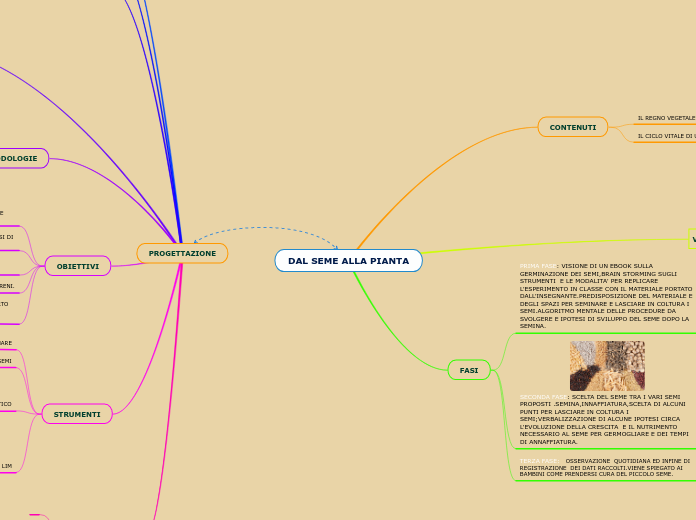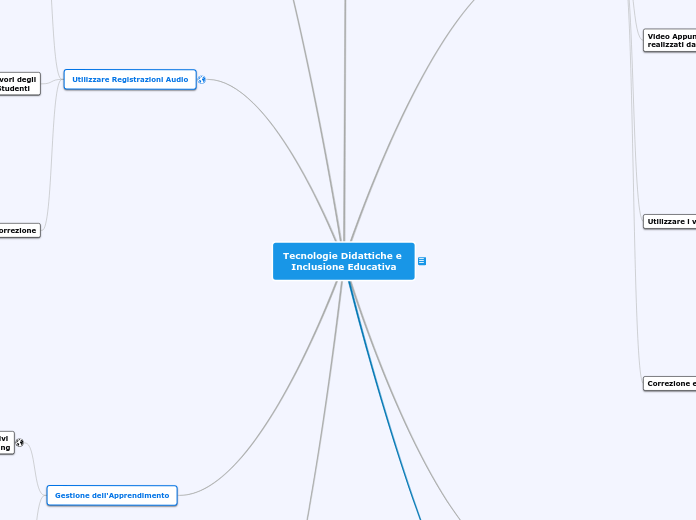LE SOLUZIONI CHIMICHE
Learn more about hurricanes and tornadoes, the areas of the world they affect, how they are formed and when, and what you can do to survive such an extreme storm.
PROGETTAZIONE
VALUTAZIONE
Autovalutazione del docente sul metodo utilizzato
Autovalutazione dell'alunno (Griglia di autovalutazione)
Impegno regolare
Capacità di lavorare in gruppo
Partecipazione attiva al progetto
Interventi orali estemporanei
Verifiche scritte
Verifica delle relazioni sulle attività di laboratorio svolto
Finalità
Rendere gli studenti soggetti attivi e consapevoli
Migliorare la collaborazione tra pari
Saper interpretare i processi chimici mettendo in atto conoscenze e competenze
Hurricanes that have been known throughout history
STRUMENTI
Research on the emergency procedures and safety tips that can keep you safe before, during and after a hurricane.
Materiale multimediale
List several safety tips that will help you cope with the situation after the hurricane has left your area.
Mappe concettuali
List several emergency procedures and safety tips that will keep you safe during a hurricane.
Libri di testo
List several emergency procedures and safety tips that will prepare you for a hurricane.
STRATEGIE
How do hurricanes form?
Watch the video then type in a short explanation of how the hurricanes are formed.
Peer Tutoring
METODOLOGIE
The classification system for hurricanes is called The Saffir-Simpson Hurricane Wind Scale, and it's a 1 to 5 categorization of the hurricane's intensity at the indicated time.
Each category expresses the intensity in miles per hour. Example: category 1 (74-95 mph).
Type in the other 4 categories.
Lezione multimediale
Secondo quadrimestre
8 h
2 h di verifica in classe
2 h di lavoro di gruppo in laboratorio
4 h di spiegazione
La concentrazione delle soluzioni e il processo di solubilizzazione
Type in the two official seasons from the Atlantic and Pacific.
OBIETTIVI
Which are the areas/countries of the world hit most frequently or severely by hurricanes? Choose from the options below or add your own.
ChinaPhilippinesGrand CaymanJapanAustraliaUnited StatesCaribbeanMexicoTaiwanVietnamAtlantic CoastOther
Imparare a collaborare con i compagni
Saper spiegare le proprietà colligative delle soluzioni
Saper preparare soluzioni di data concentrazione
PREREQUISITI
Hurricanes are the most violent, swirling storms on Earth, with winds that can go up to 259 kilometers per hour.
A hurricane's forming elements:
- Eye- the "hole" at the center of the storm where the winds are lighter and the skies are only partly cloudy
- Eye wall- the ring of thunderstorms that are swirling around the eye. This is where the winds are the strongest and rain the heaviest.
- Rain bands -that expand from the eye wall
Calcolare la mole e la massa molare
Conoscere i vari passaggi di stato e la loro interpretazione microscopica
Conoscere i principali legami chimici e il concetto di miscuglio omogeneo ed eterogeneo
FASI OPERATIVE
WORDWALL
Verifica sommativa Wordwall
KAHOOT
Verifica sommativa Kahoot
VERIFICA
Verifiche mediante app multimediali
Relazioni sulle attività di laboratorio svolto
FASE 4
FASE 3
STRATEGIA
Cooperative Learning
Didattica cooperativa
Successivamente tutti i gruppi realizzeranno insieme una mappa concettuale contenente gli aspetti principali dell'attività svolta.
Ciacun gruppo realizzerà una relazione sulle esperienze di laboratorio.
Tornadoes that have been known throughout history
Laboratorio di informatica
Laboratorio di Chimica
Research on the emergency procedures and safety tips that can keep you safe before, during and after a hurricane. Type in several of them.
2 h
List several emergency procedures and safety tips that will keep you safe during a tornado.
FASE 2
Tornadoes are the most violent storms on Earth
Watch the video then type in a short explanation of how the tornadoes are formed.
Didattica laboratoriale
Verranno formati gruppi di 4 studenti. Ogni gruppo svolgerà 2 esperimenti annotando il lavoro svolto mediante compilazione di schede di laboratorio.
AMBIENTE DI APPRENDIMENTO
The classification system for tornadoes is called The Fujita Scale (or F scale), and it's an F0 to F6 categorization of the tornado's intensity.
Each category expresses the intensity in miles per hour.
Example: category F0 (40–72 mph; includes damages to trees, chimneys, and billboards).
Type in the other 5 categories.
Aula
TEMPI
Tornadoes can occur almost all over the world, but US's unique geography makes it the ideal place for their development.
Type in the tornado seasons in the United States, taking into account the
Southeast and Northern Plains regions.
4 h
CONTENUTI
Which are the areas/countries of the world hit most frequently or severely by tornadoes? Choose from the options below or add your own.
North AmericaEuropeSouth AfricaPhilipppinesBangladeshNew ZealandSouth AmericaCanadaOther
Videoesperienza su come preparare soluzioni chimiche a concentrazione nota
Diluizione soluzione
Le soluzioni chimiche
Prepariamo le soluzioni
Presentazione multimediale sulle soluzioni chimiche e loro proprietà
Introduzione: Le soluzioni chimiche
Ripasso degli argomenti propedutici
FASE 1
Tornadoes are local storms of short duration (this ranges between 5 and 10 minutes) formed of winds that rotate at very high speeds, usually in a counter-clockwise direction.
A tornado's characteristics:
- Time of day: they usually occur in the afternoon (3 - 7 PM)
- Direction: usually from southwest to northeast
- Length of path: this is the distance it travels; the average is 4 miles, but it could also travel around 300 miles.
- Width of path: averages between 300 and 400 yards but tornadoes have cut paths a mile or more in width.
- Speed of travel: though speeds of 68 mph have been reported, the average speed is somewhere between 25 and 40 mph.
- Cloud: dark cumulonimbus (thunderstorm cloud) from which the funnel-shaped pendant extends to the ground.
- Precipitation: rain and hail before the tornado hits and heavy downpour to the side of the tornado's path.
- Sound: roaring, rushing noise.
METODOLOGIA
Lezione partecipata









